The Blue Yeti and the Audio Technica AT2020 USB (plus) microphones are popular, capable, and versatile mics for podcasting and recording music.
They are also both USB microphones that offer plug-n-play convenience without sacrificing sound quality.
So, how would you choose between these two microphones?
In this post, we’ll look at the Blue Yeti vs AT2020 in detail to help you decide which one of these popular USB microphones is best for you.
Don’t forget to check out our comparison of the AKG Lyra vs Blue Yeti — another great head-to-head battle!
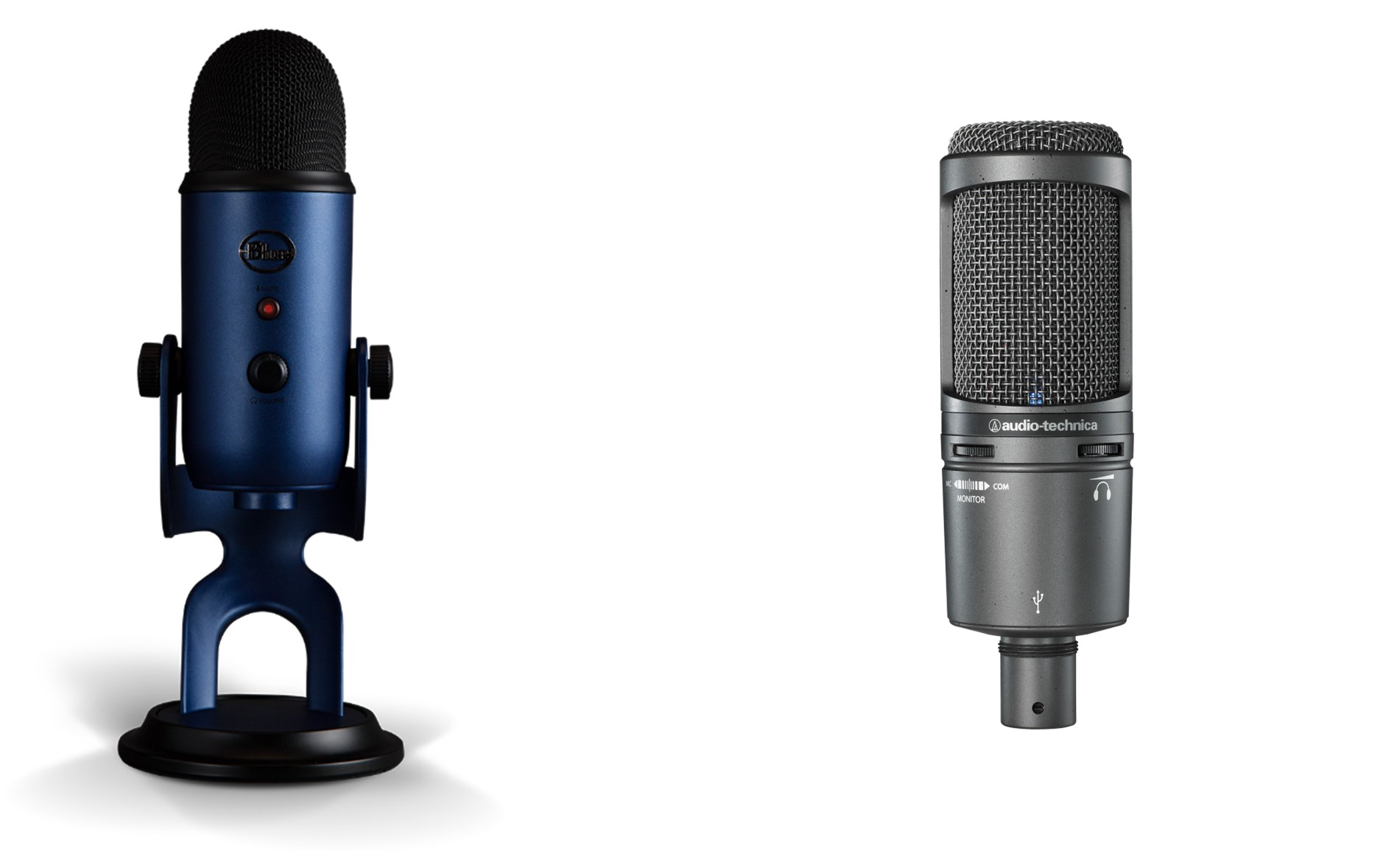
The key features of Blue Yeti vs AT2020 are shown below.
| Blue Yeti | AT2020 | |
|---|---|---|
| Price | $129 | $129 (was $149) |
| Dimensions (H x W x D) | including stand—4.72 x 4.92 x 11.61 in
(120 x 125 x 295 mm) |
6.38 x 2.05 x 2.05 in
(162 x 52 x 52 mm) |
| Weight | 1.21 lbs (550 g) | 0.85 lbs (386 g) |
| Transducer type | Condenser | Condenser |
| Pickup pattern | Cardioid, Bidirectional, Omnidirectional, Stereo | Cardioid |
| Frequency range | 50 Hz–20 kHz | 50 Hz–20 kHz |
| Maximum sound pressure | 120 dB SPL
(0.5% THD at 1 kHz) |
144 dB SPL
(1% THD at 1 kHz) |
| ADC | 16-bit at 48 kHz | 16-bit at 44.1/48 kHz |
| Output connectors | 3.5 mm jack, USB | 3.5 mm jack, USB |
| Color | Midnight blue, black, silver | Dark grey |
Both the Blue Yeti and the AT2020 USB are condenser microphones.
A condenser mic works on the principle of electrical capacitance and is made up of a thin diaphragm coupled with a parallel metal plate. As the diaphragm vibrates in response to sound waves, it generates an electrical (audio) signal as its capacitance changes relative to the metal plate.
Dynamic mics, such as the popular Shure MV7 or SM7B, exploit electromagnetism and use a moving coil to convert sound vibrations into electrical (audio) signals. They are rugged and popular mics for live performances.
If you want to brush up on what these two microphones are, we have a good article where we compared Shure MV7 vs SM7B, so check it out!
Condenser mics, however, are generally preferred in studio environments as they are more sensitive and capture better detail and accuracy of sound.
Condenser mics also require external power to boost their weak signals. For the Blue Yeti and Audio Technica AT2020, being USB mics, the external power comes from their USB connections.
Microphones in studio environments usually connect to other equipment using XLR cables.
When connecting to digital equipment, like computers or audio interfaces, an additional step of converting the microphone’s analog signal to a digital signal is required, i.e., analog-to-digital conversion (ADC). This is usually done by dedicated hardware on the connected devices.
Many podcasters or amateur musicians, however, use USB microphones that connect directly to digital equipment, i.e., the ADC is done within the microphone. This is how the Blue Yeti and AT2020 USB operate, being USB mics.
The Blue Yeti is a quirky-looking and versatile microphone. It’s a well-built, great-sounding, and feature-rich USB mic.
The Audio Technica AT2020 USB offers great sound and features but with more subdued looks. It’s a solidly built and capable USB mic.
Let’s take a closer look at the features of the Blue Yeti vs AT2020 USB.
Both mics, as mentioned, have USB connectivity. This means that they offer plug-n-play convenience and can connect directly to a computer, i.e., you won’t need an additional external device, such as an audio interface.
Both mics also have a headphones output connection with headphones volume control (1/8 in or 3.5 mm jack). Both offer direct headphones monitoring as well, meaning that you’ll have zero-latency monitoring of your microphone’s input.
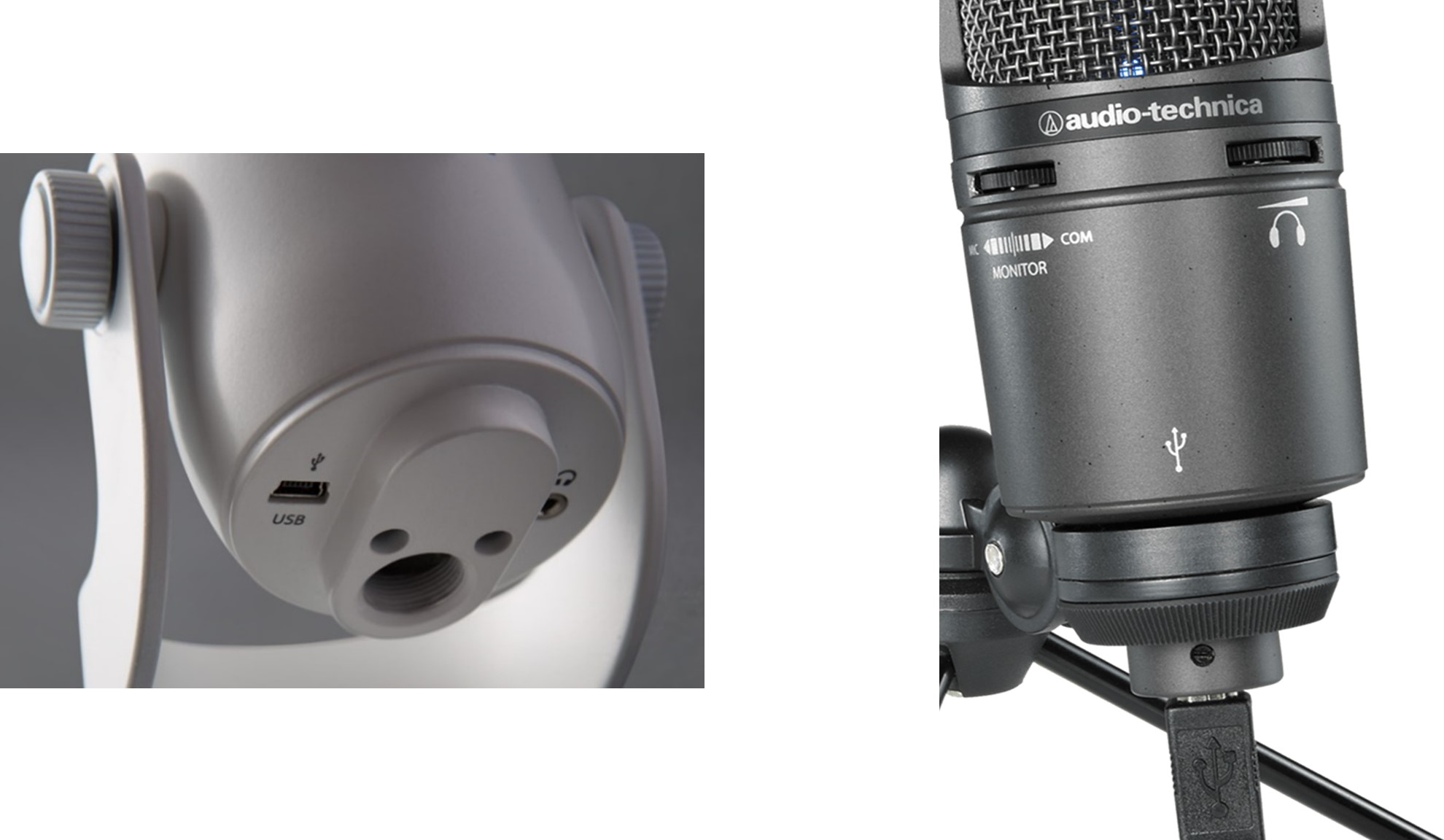
The AT2020 USB has an additional feature, mix control, that the Blue Yeti lacks. This allows you to monitor sound coming from your mic and hear audio from your computer at the same time. You can adjust the balance between these using the mix control dial.
This is useful, for instance, during vocal recordings when you want to hear the background track as you sing or speak.
The Blue Yeti mic, as its name suggests, is a bit of a beast. Its generous proportions (4.72 x 4.92 x 11.61 in or 120 x 125 x 295 mm, including the stand) mean that it’ll take up a prominent position on your desk (with the included stand). This may be just what the manufacturer intended—you’re making a bold statement with the Blue Yeti, and it does convey a certain sense of style.
The Yeti’s size, however, can be a distraction if you use it for YouTube videos. You’ll have to think carefully about where to place it so that you don’t obscure yourself when video podcasting. Unless, of course, you want the Blue Yeti to be more prominent than you!
The AT2020 USB is relatively diminutive by comparison. Its smaller proportions (6.38 x 2.05 x 2.05 in or 162 x 52 x 52 mm) make it sleek and less prominent, and you’ll have fewer problems positioning it for YouTube videos. It’s also a more versatile microphone to handle when you’re not using a stand.
The AT2020 has a far more utilitarian design, however, so you won’t be making much of a visual statement with it.
In keeping with Blue Yeti’s bold statement approach, it comes in three strong colors—black, silver, and midnight blue. The blue choice is the most striking and suitable for its name.
The AT2020 USB comes only in a rather professional looking, if somewhat somber, dark grey. Arguably, this is a good fit with its utilitarian design concept.
The build quality of both mics is good and both are made from metal, making them quite robust. They’ve also both been around for more than a few years and have a good reputation for reliability.
The knobs on the Blue Yeti, however, feel a bit flimsier than those on the AT2020 USB. They can wiggle, for instance, depending on how you handle them, so they can feel a bit unstable at times.
The stand on the Yeti, however, feels sturdier than that of the AT2020. Just as well, given the Yeti’s generous dimensions.
That said, the lighter touch and feel of the AT2020’s stand make it seem more portable and easier to move around.
Maximum sound pressure levels (max SPL) are a measure of a microphone’s sensitivity to loudness, i.e., the amount of sound pressure that a microphone can handle before it starts to distort. It’s usually measured using a standard approach, e.g., a 1 kHz sine wave at 1 Pascal of air pressure.
The max SPL specifications for the Blue Yeti and the AT2020 USB are 120 dB and 144 dB, respectively. On the face of it, this suggests that the AT2020 can handle louder sounds than the Yeti (since it has a higher max SPL)—but this isn’t the full picture.
The Yeti’s max SPL spec is quoted with a distortion level of 0.5% THD whereas the AT2020’s max SPL spec has a distortion level of 1% THD.
What does this suggest?
The THD, or total harmonic distortion, measures the amount of distortion produced by the microphone (due to harmonics) as a percentage of the input signal. So, a distortion of 0.5% THD is lower than a distortion of 1% THD.
In other words, the quoted max SPL figures for the Yeti and AT2020 are not strictly like-for-like, i.e., the Yeti could probably handle more sound pressure before distorting to a 1% THD level.
The max SPL of 120 dB for the Yeti, therefore, understates its max SPL when compared, on a like-for-like basis, with the AT2020 (at 1% THD).
Either way, 120 db SPL represents a fairly loud sound level, similar to being close to an airplane taking off, therefore both mics have solid max SPL ratings.
Microphone pickup patterns (also called polar patterns) describe the spatial pattern around a mic from where it picks up sound.
Technically, it’s the orientation around a mic’s capsule that matters—this is the part of the mic that houses the diaphragm and is responsible for converting sound waves in the air to electrical (audio) signals.
There are several types of pickup patterns that microphones use and the chart below shows the four polar patterns used by the Blue Yeti.
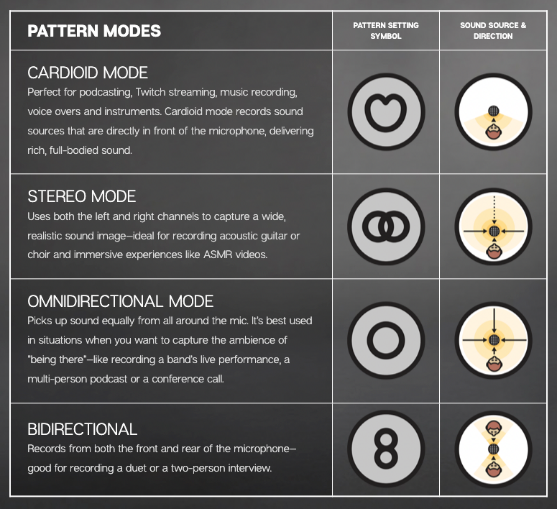
The Yeti’s polar patterns are:
You can switch between any of these four polar patterns on the Yeti, thanks to its triple condenser capsule configuration.
This is a useful feature, for instance, if you want to change from self-podcasting, for which the cardioid pattern is ideal, to a guest interview, for which the bidirectional pattern is better.
The AT2020 USB, in contrast, has only a single polar pattern that you can use—the cardioid pattern—shown below.
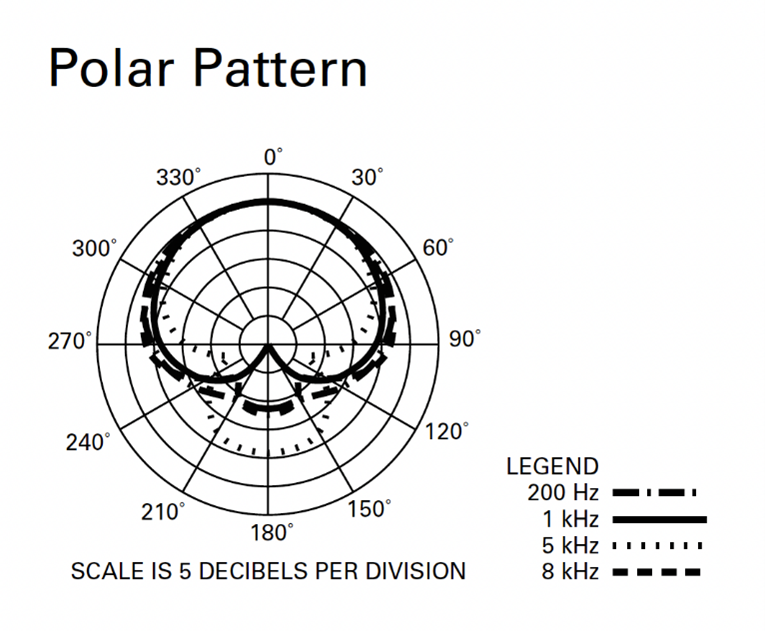
The guest interview scenario highlights a challenge for USB microphones in general because although they offer plug-n-play convenience, it’s not easy to plug two mics into a computer.
So, when you want to use two microphones—when interviewing a guest, for instance—a setup with XLR mics and an audio interface is a better solution (since it’s easy to connect two or more mics through an audio interface.)
The Yeti, however, overcomes this by offering the bidirectional polar pattern that you can switch to. It won’t sound quite as good as having two separate mics, but it’s better than trying to manage with only a single mic’s cardioid pattern.
This is a significant convenience that the Yeti offers over the AT2020.
The frequency range of both mics is 50 Hz–20 kHz, which covers most of the human hearing spectrum.
Given its four polar patterns, the Blue Yeti has four frequency response curves to consider, shown below.
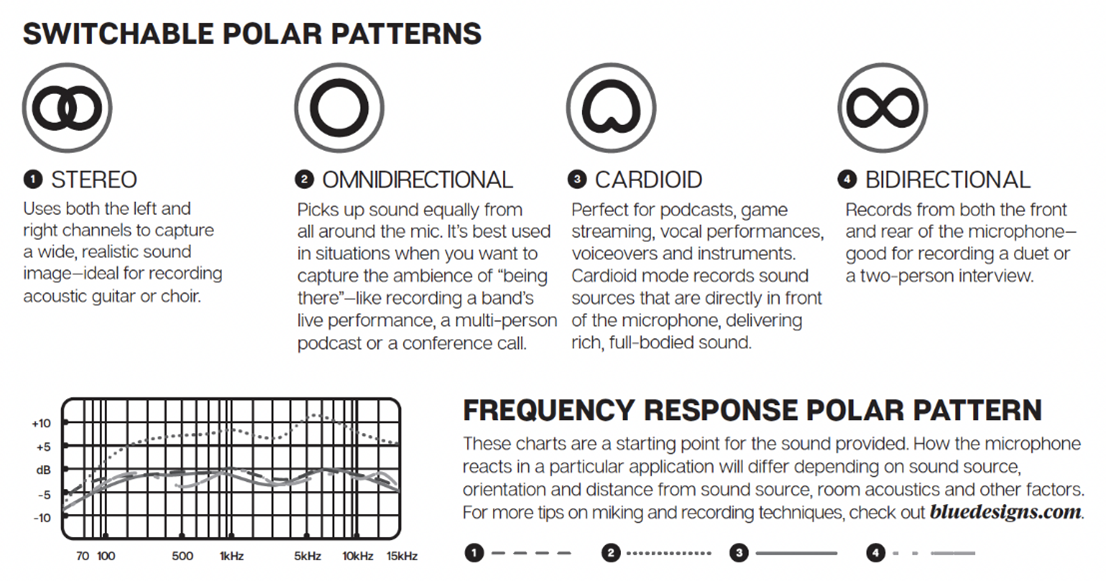
The AT2020 USB has a single frequency response curve, for its cardioid polar pattern, shown below.
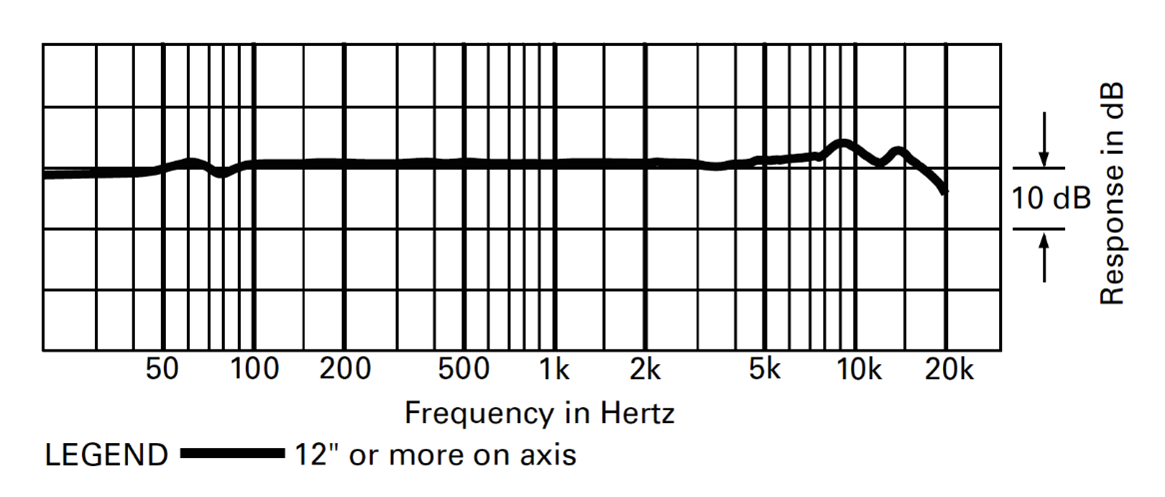
In comparing the cardioid curves between the mics, which is a like-for-like comparison given the AT2020 doesn’t have other curves:
The AT2020’s flatter frequency curve means that it offers a more faithful representation of sound than the Yeti. This is important, for instance, if you want to avoid too much coloration of sound quality when you’re recording music or vocals.
The (cardioid) frequency response curves show us how the tonal characteristics compare between the two mics:
The AT2020’s less tapered response at the high end means that it will usually be better for capturing the tone of instruments, like an acoustic guitar, than the Yeti.
The AT2020’s overall flatter response also gives you more control during post-production equalization, since you’re given a better starting point (more faithful sound reproduction) to work with.
Sound quality is a subjective matter, so it’s difficult to draw a definitive comparison between the two mics in terms of sound quality.
That said, considering the AT2020’s flatter frequency curve and truer tonal characteristics than the Blue Yeti, it offers an overall better sound quality from this perspective.
Both mics favor mid-range frequencies as they exhibit tapering off at the high (and to a degree) low ends, and they both have a boost at around 7 kHz. This is good for recording vocals, which is one of the reasons why both mics are great choices for podcasting.
The Yeti tapers off more at the high and low ends than the AT2020, however, which has the convenient by-product of slightly better noise reduction than the AT2020.
The 7 kHz boost that both mics exhibit may also increase the possibility of plosives during recording when using either mic.
Fortunately, these noise issues are not a major concern as you can:
The Blue Yeti has a handy gain control knob that lets you set the gain level directly. The AT2020 USB, however, has no such direct control—you’ll need to monitor and adjust its gain using your DAW.
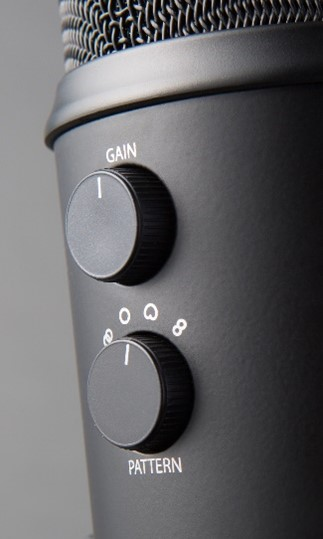
Either way, even with the Yeti, you’ll need to check your gain levels in your DAW as there are no gain level indicators on the mic.
Being USB mics, both offer built-in ADC with a bit-rate of 16 bits and a sampling rate of 48 kHz. The AT2020 USB also offers an additional sampling rate of 44.1 kHz.
These are good parameters for the accurate digitization of sound.
One additional feature on the Blue Yeti that’s worth mentioning is its mute button. This allows you to easily mute recording during sessions and is very useful, for instance, during conference calls.
With the AT2020, you’ll need to use an external peripheral, such as your computer keyboard, to mute the mic.
Both mics come with a stand and a USB cable. The Yeti’s stand is larger and more stable (although quirky-looking) than the AT2020’s simple tripod.
The Blue Yeti also comes with bundled software—Blue Voice—that includes a full suite of filters, effects, and samples. Although not essential, Blue Voice offers additional functionality over the AT2020.
At the time of writing, the US retail price of both mics was equal at $129. The AT2020 USB used to be priced slightly higher—at $149—but was recently reduced to match the Yeti. This is a competitive price point for two extremely capable microphones.
Both the Blue Yeti and the Audio Technica AT2020 USB are robust and capable USB microphones offering excellent sound quality. They are also equally priced.
The Blue Yeti features a choice of four pickup patterns, handy on-mic controls, bundled software, and striking (albeit large and quirky) looks.
Its switchable pickup patterns make it a very versatile mic. For these reasons, if versatility is a priority, and if you’re ok with its looks and size, then the Blue Yeti is the better choice for you.
The AT2020 has fewer on-mic controls, no bundled software, and only one pickup (cardioid) pattern, but offers a superior reproduction of sound. So, if sound quality is a priority and the cardioid pattern is sufficient for your needs, then the AT2020 USB microphone is the better choice.